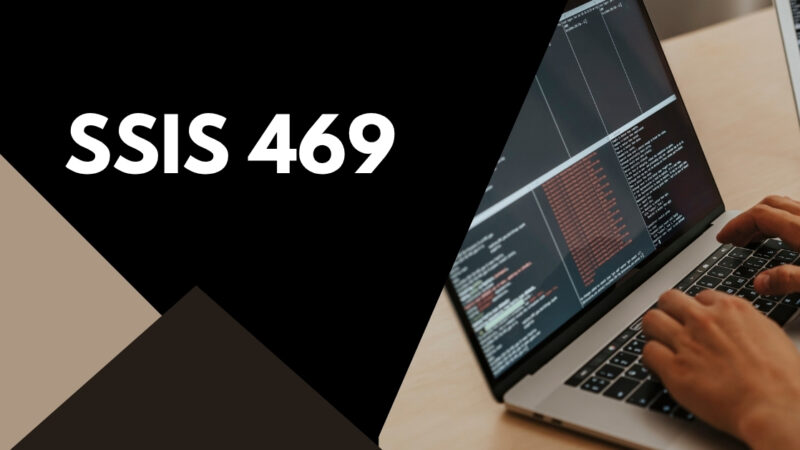Understanding the 1.5f8-p1uzt Texture: Applications, Benefits, and Technical Insights

Introduction: What is 1.5f8-p1uzt Texture?
In the rapidly evolving digital world, textures are the building blocks of visual realism. Among the newest entries in advanced surface rendering is the 1.5f8-p1uzt texture—a high-definition, algorithm-driven texturing protocol that brings hyperrealistic surface detailing to digital environments. From immersive game worlds to next-generation simulations, this texture format is making waves across multiple domains.
Whether you’re a 3D artist, game developer, AR/VR engineer, or digital content creator, understanding 1.5f8-p1uzt texture can give you a technological edge and inspire innovation in your creative projects.
What is 1.5f8-p1uzt Texture?
The term 1.5f8-p1uzt is a code-designation referring to a unique, data-compressed, high-fidelity texture standard. It’s not just another image pattern; it’s a texturing framework—meaning it includes:
- Compression logic
- Pattern mapping
- Texture layering
- Multisurface adaptability
This system allows for ultra-high realism without large file sizes, making it highly desirable in digital design, especially in 3D simulations and interactive environments like gaming or virtual reality.
Origins and Technical Foundation
The 1.5f8-p1uzt texture protocol was initially developed as a hybrid between voxel-based rendering and procedural texture generation. The aim was to create a lightweight, easily deployable format that could adapt to varying environments.
Key Technical Pillars:
- Dynamic pixel shading
- Multi-layered bump mapping
- Pseudo-random pattern generation
- Shader-based optimization
Its foundation is rooted in AI-driven rendering, where each texture tile can adapt based on environmental lighting, object motion, or surface interaction.
Key Features and Characteristics
What makes the 1.5f8-p1uzt texture stand out? Here’s a breakdown:
| Feature | Description |
| High Fidelity | Textures remain crisp even under zoom or magnification. |
| Compression Efficiency | Keeps file sizes smaller without loss of quality. |
| Environment-Adaptive | Reacts to lighting and shadows in real time. |
| Procedural Flexibility | Can be used to generate random or uniform patterns. |
| Cross-Platform | Compatible with Unity, Unreal, Blender, and more. |
How It Compares to Other Texture Protocols
When compared to other formats like JPEG, PNG, or even PBR materials, 1.5f8-p1uzt excels in its adaptability and low memory consumption.
| Texture Format | File Size | Realism | Dynamic Adaptation |
| JPEG | Small | Low | No |
| PNG | Medium | Medium | No |
| PBR | High | High | Some |
| 1.5f8-p1uzt | Low | Very High | Yes |
In short, it brings the power of PBR with the speed of PNG—without the drawbacks of either.
Use Cases and Real-World Applications
The 1.5f8-p1uzt texture is being used across multiple industries:
Gaming
Game engines use it to render lifelike environments, from cracked desert soil to shimmering alien metals.
AR/VR
Due to its low latency and dynamic interaction capabilities, it’s ideal for immersive experiences.
Architecture and Design
Architects use this texture for real-time rendering of materials like marble, concrete, and wood.
Film and Animation
It’s employed in rendering scenes that require dynamic interaction with light and objects.
Benefits for Game Developers and 3D Artists
If you’re a creator, the 1.5f8-p1uzt texture gives you:
- Speed: Render faster with low computational load
- Detail: Don’t compromise on visual quality
- Flexibility: Apply the same texture across multiple surfaces
- Realism: Every material feels physically authentic
These benefits make it an ideal choice for AAA games, indie development, and professional design work alike.
How to Use or Implement 1.5f8-p1uzt Texture
Depending on the software you’re using, here’s how to integrate it:
In Blender
- Install the texture pack.
- Use the Node Editor to integrate the 1.5f8-p1uzt shader.
- Adjust reflection, specular, and bump values.
In Unity
- Import the 1.5f8-p1uzt material package.
- Apply to GameObject.
- Use custom lighting shaders for adaptive texture behavior.
In Unreal Engine
- Add as a layered material.
- Use blueprint logic to make it reactive to environment.
Compatibility with Engines and Platforms
This texture format is widely compatible:
| Platform | Supported |
| Unity | ✅ |
| Unreal Engine | ✅ |
| Blender | ✅ |
| Cinema 4D | ✅ |
| Maya | ✅ |
| WebGL | Partial (Beta) |
Its universal application makes it future-proof for many creators.
Common Challenges and Workarounds
Despite its strengths, developers face a few hiccups:
- Challenge: Shader Incompatibility
Fix: Use official 1.5f8-p1uzt shader plugins - Challenge: Memory spikes in older hardware
Fix: Reduce bump layer iterations or switch to static variants - Challenge: Unreal Engine crashes during live rendering
Fix: Upgrade to latest plugin with optimized texture streaming
Future of the 1.5f8-p1uzt Texture in Digital Design
As AI and machine learning become core to rendering engines, 1.5f8-p1uzt textures will play a pivotal role in:
- Real-time adaptive texturing
- Smart environment interaction
- Cloud-based 3D streaming
- Metaverse-ready visual standards
The trend is moving toward hyper-efficiency + hyper-realism, and this texture protocol is well-aligned with that future.
Final Thoughts
The 1.5f8-p1uzt texture is more than a buzzword—it’s a next-gen approach to digital design. Its ability to deliver photorealistic textures with adaptive intelligence, low memory footprint, and wide compatibility positions it as a vital asset in the arsenal of today’s designers, game developers, and 3D artists.
If you’re building virtual environments and want to stand out, mastering 1.5f8-p1uzt texture is no longer optional—it’s essential.
FAQs:
Q1: Is 1.5f8-p1uzt texture open-source?
Currently, it is under a Creative Commons derivative license with open SDKs available for Blender and Unity.
Q2: Where can I download 1.5f8-p1uzt texture packs?
They’re available on GitHub repositories, official plugins, and digital asset marketplaces.
Q3: Can it be used in mobile applications?
Yes, its compression benefits make it ideal for mobile and AR use.



